At Elmcrest, we understand that life can be complicated, but we’re here to help you rebuild and thrive. Our Residential Program provides a safe, supportive space for youth facing life challenges.
If you’re looking for a place where you can get the help you need, build new skills, and start fresh, Elmcrest might be the perfect fit for you.
For information on admission, please email residentialadmission@elmcrest.org.
Curious about Elmcrest? Take a look at our Campus Tour Video to explore what life here is like. You’ll get a glimpse of the spaces where we live, learn, and grow together. From welcoming rooms to beautiful outdoor areas, our campus is thoughtfully designed to support comfort and success.
Explore a variety of programs and initiatives at Elmcrest, including engaging campus events that bring our community together. Discover Sports & Physical Wellness opportunities and EPIC: Leadership, Employment & Life Skills, a program designed to empower youth with essential skills for success. Additionally, explore the Literacy Center and Elmcrest K-12 School, which foster academic growth and provide individualized educational support for students.
Campus Events
Campus life at Elmcrest is vibrant and enriching, offering youth a supportive environment to learn, grow, and thrive. From engaging school programs tailored to their individual needs to fun-filled activities that foster creativity and teamwork, there’s always something exciting happening. Youth enjoy educational field trips, special events that celebrate milestones, and opportunities to explore their interests through hobbies and recreational programs. Every aspect of campus life is designed to create meaningful experiences, helping Youth build confidence and lasting memories.
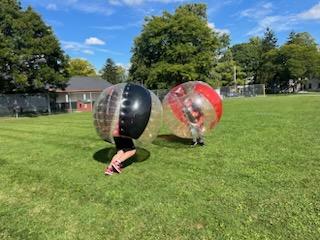
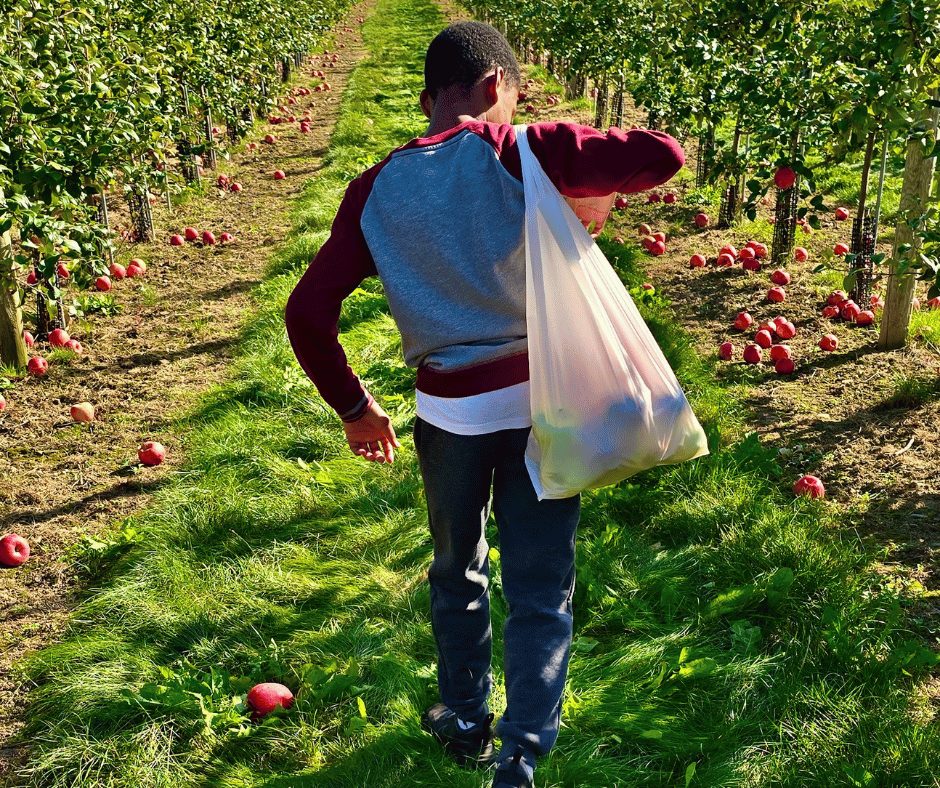
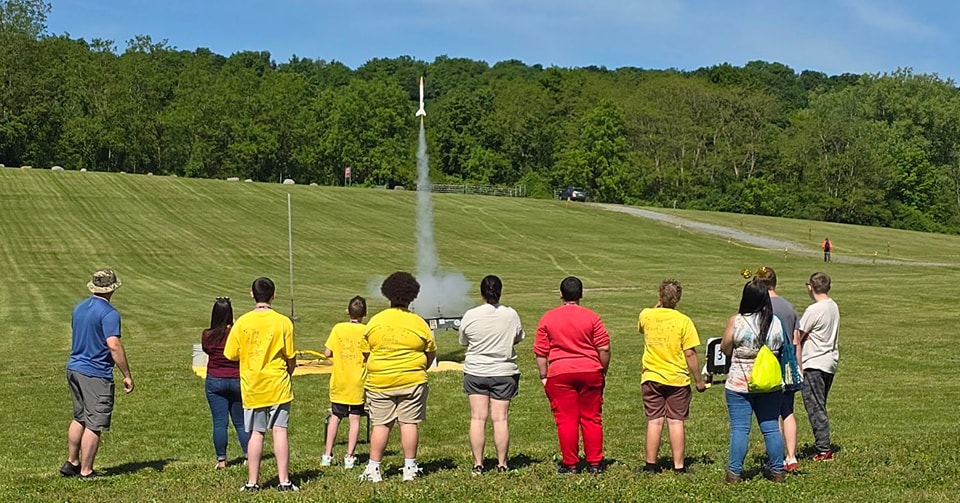
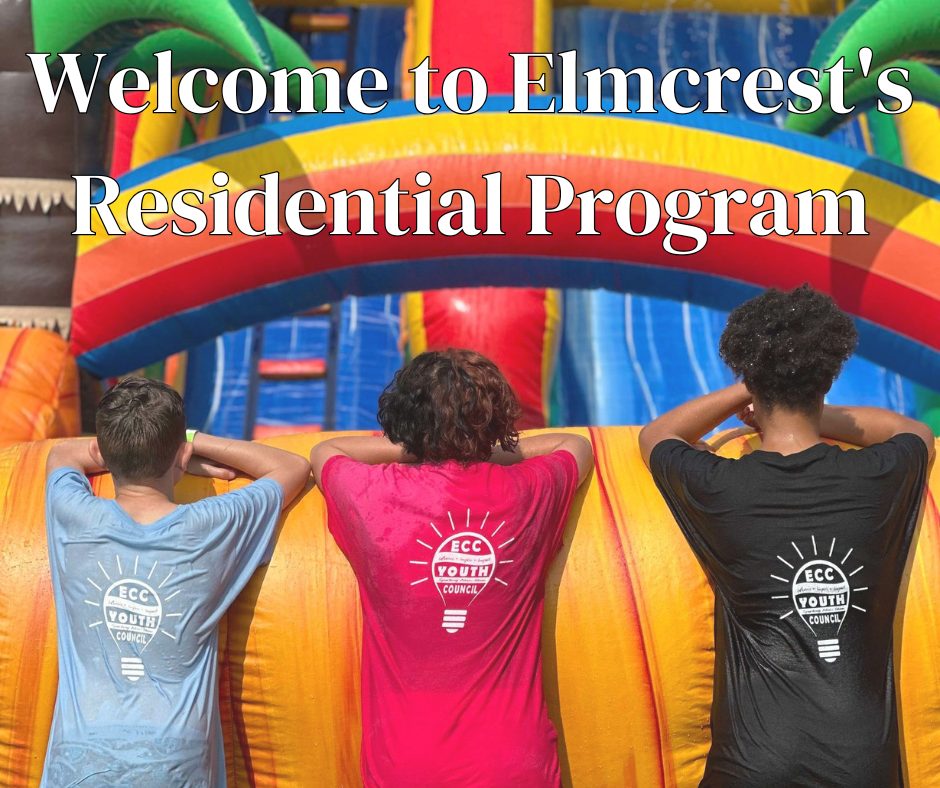
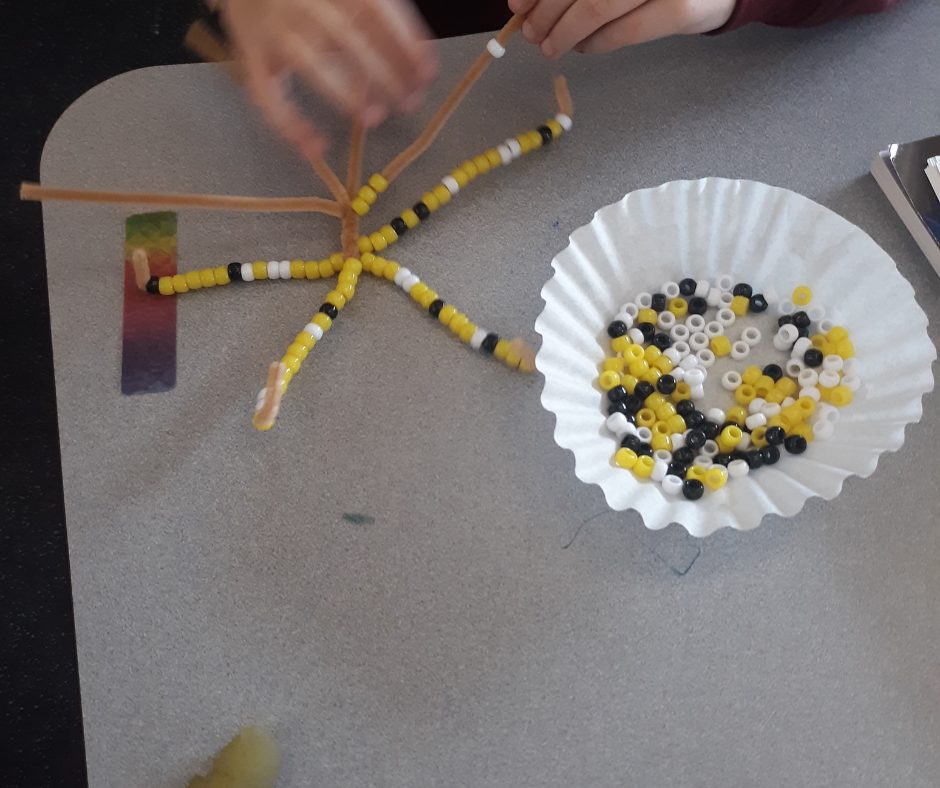
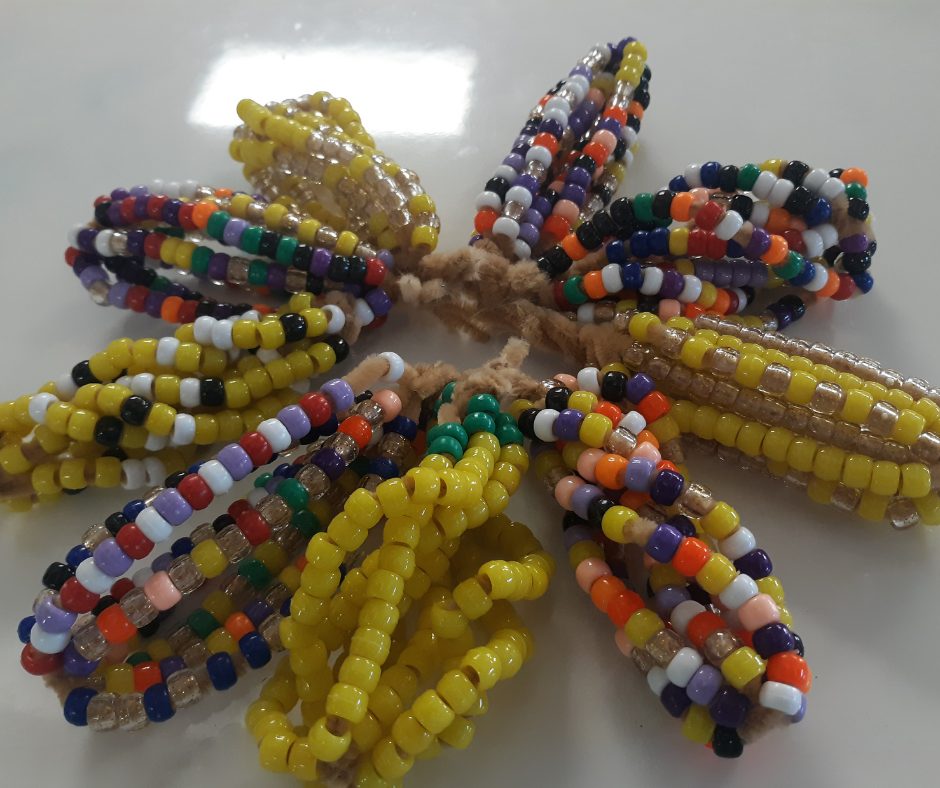

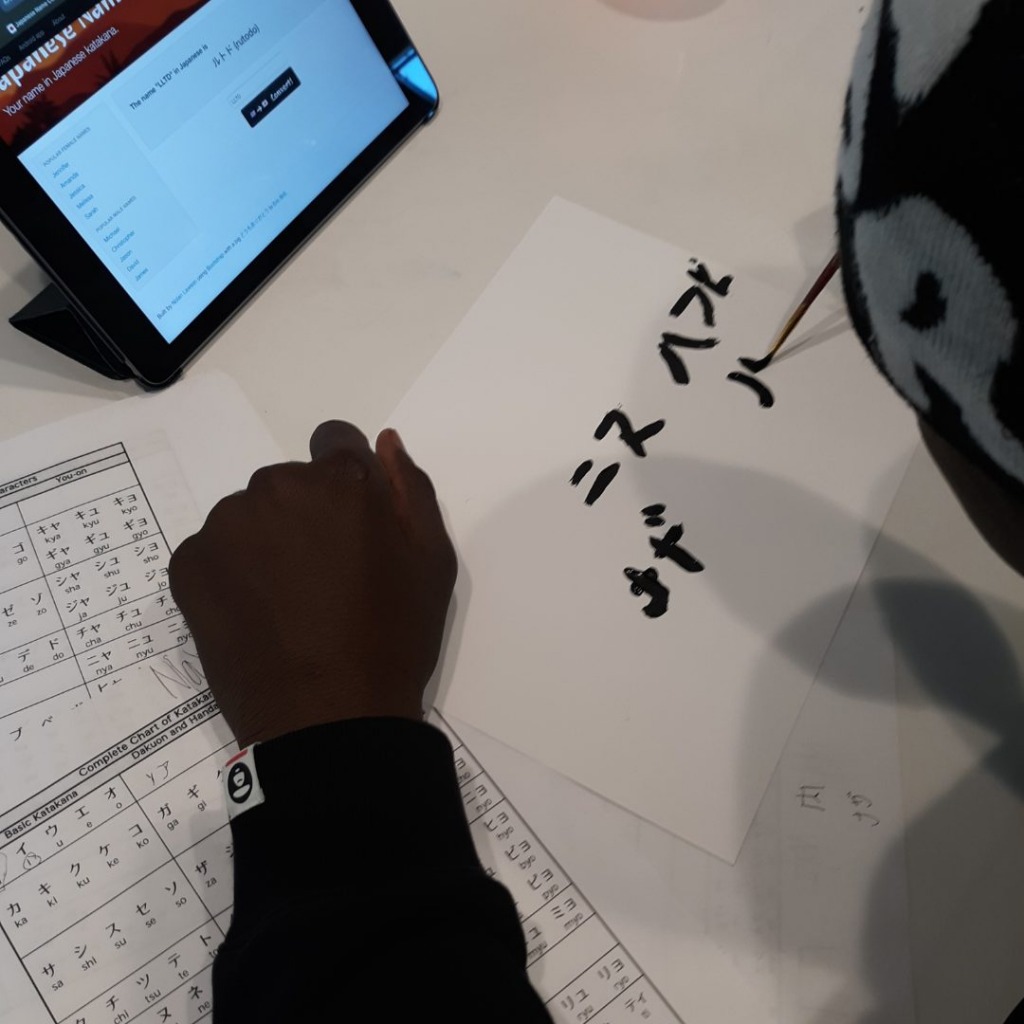

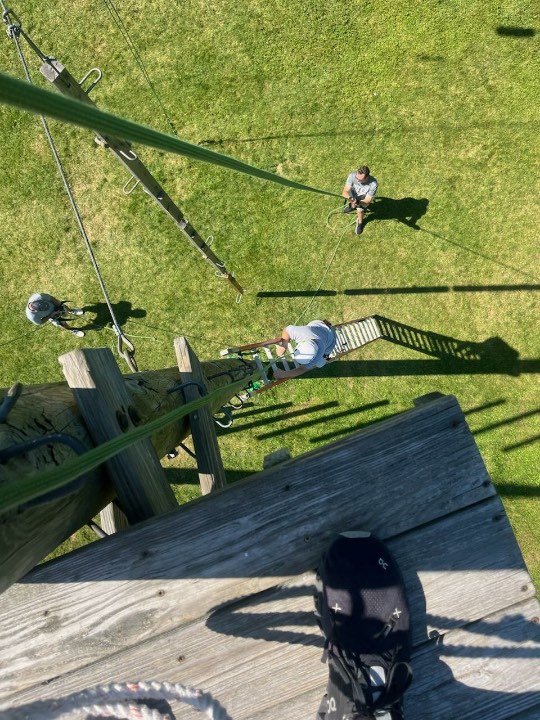
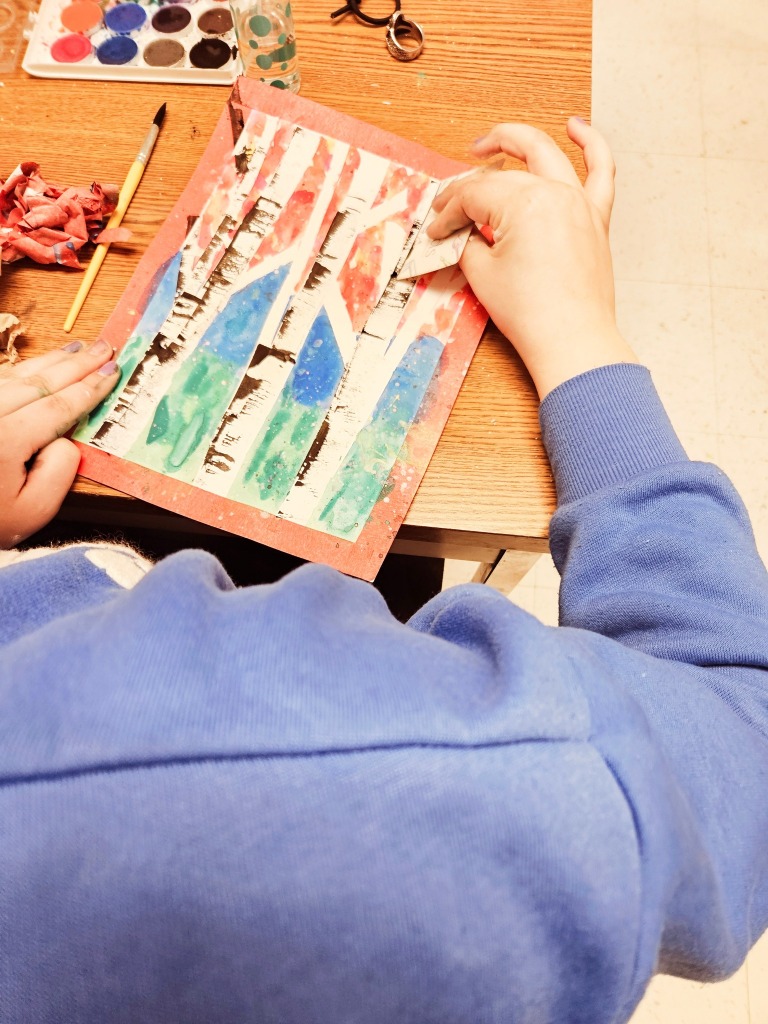
EPIC: Leadership, Employment & Life Skills
EPIC: (Education, Preparation, Involvement and Community) is Elmcrest’s employability initiative for youth ages 14-21. This initiative works to ensure they have the basic skills necessary to become employed in meaningful jobs.

Our goal is to not only inspire personal and professional satisfaction and growth, but also to make sure they have the skills to meet and exceed employers’ expectations. Youth receive ongoing support in an environment that teaches work skills and helps to develop work competencies. Youth in our residential programs gain the tools necessary to be successful in their first job, maintain continuous employment, and progress in the workforce.
Youth are also introduced to the value and concept of work, and are presented with opportunities to help them realize the satisfaction of productivity as well as explore the skills and training needed for future careers.
Sports & Physical Wellness
Wellness at Elmcrest is centered around fostering healthy habits and emotional well-being in a supportive and nurturing environment. Youth enjoy a variety of activities that encourage physical movement, mindfulness, and relaxation, such as outdoor play, nature walks, and yoga sessions. These experiences not only promote physical health but also help build resilience, reduce stress, and support emotional growth.
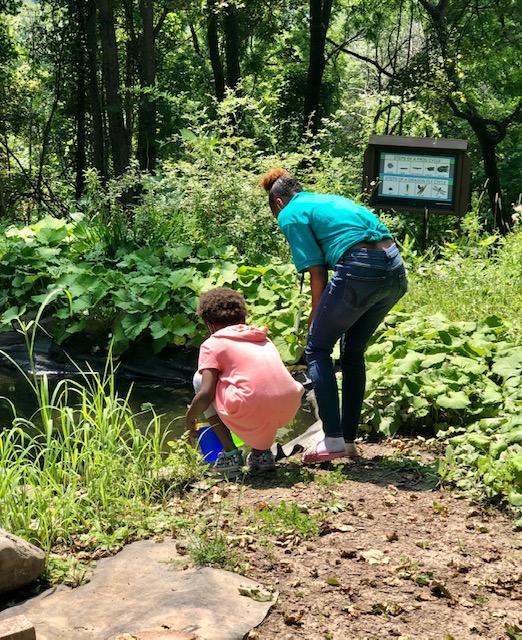

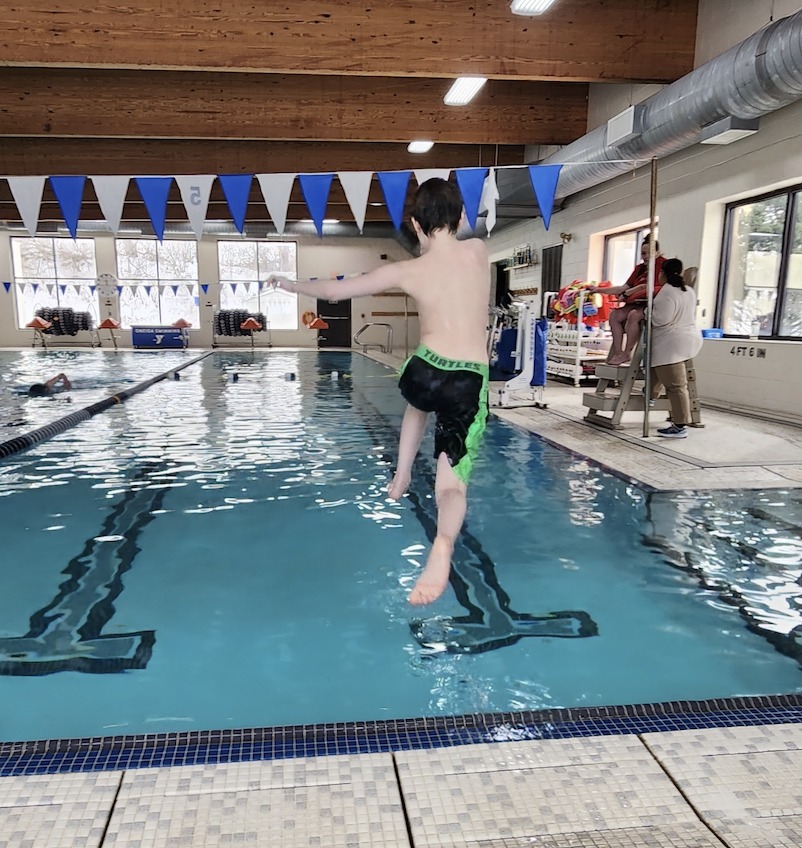
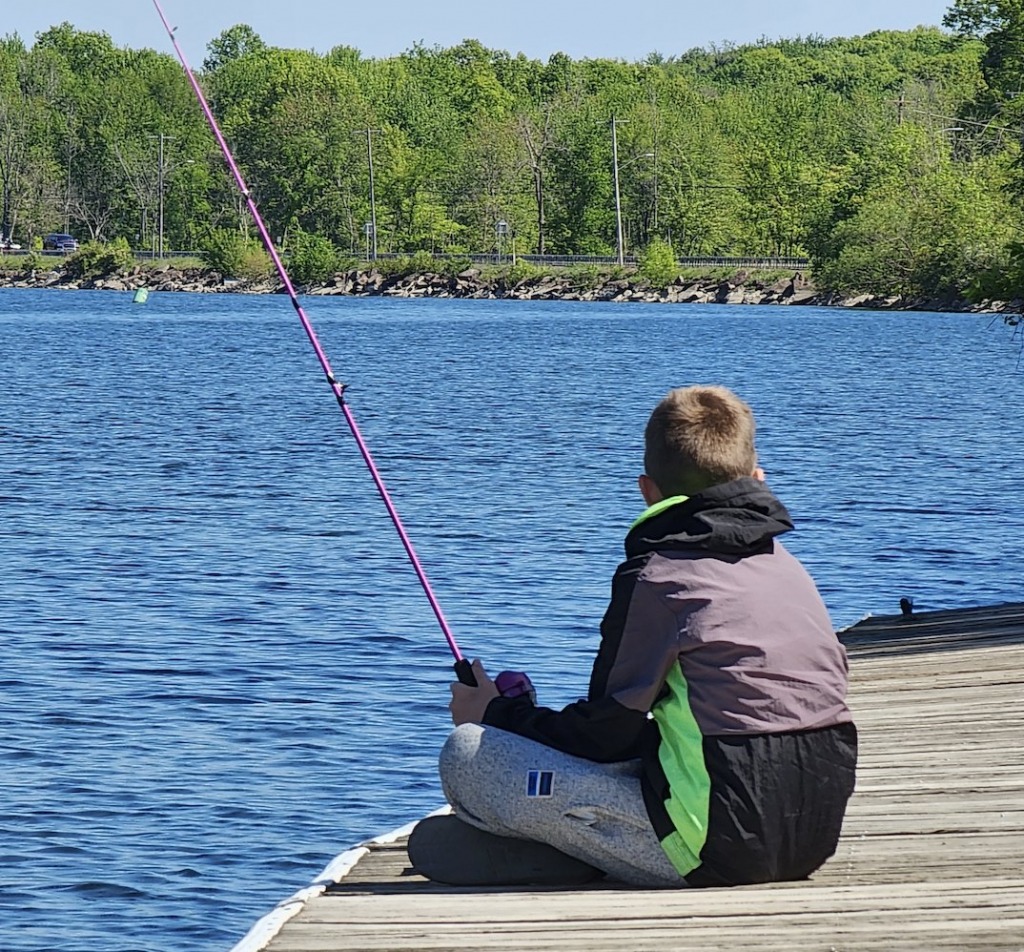
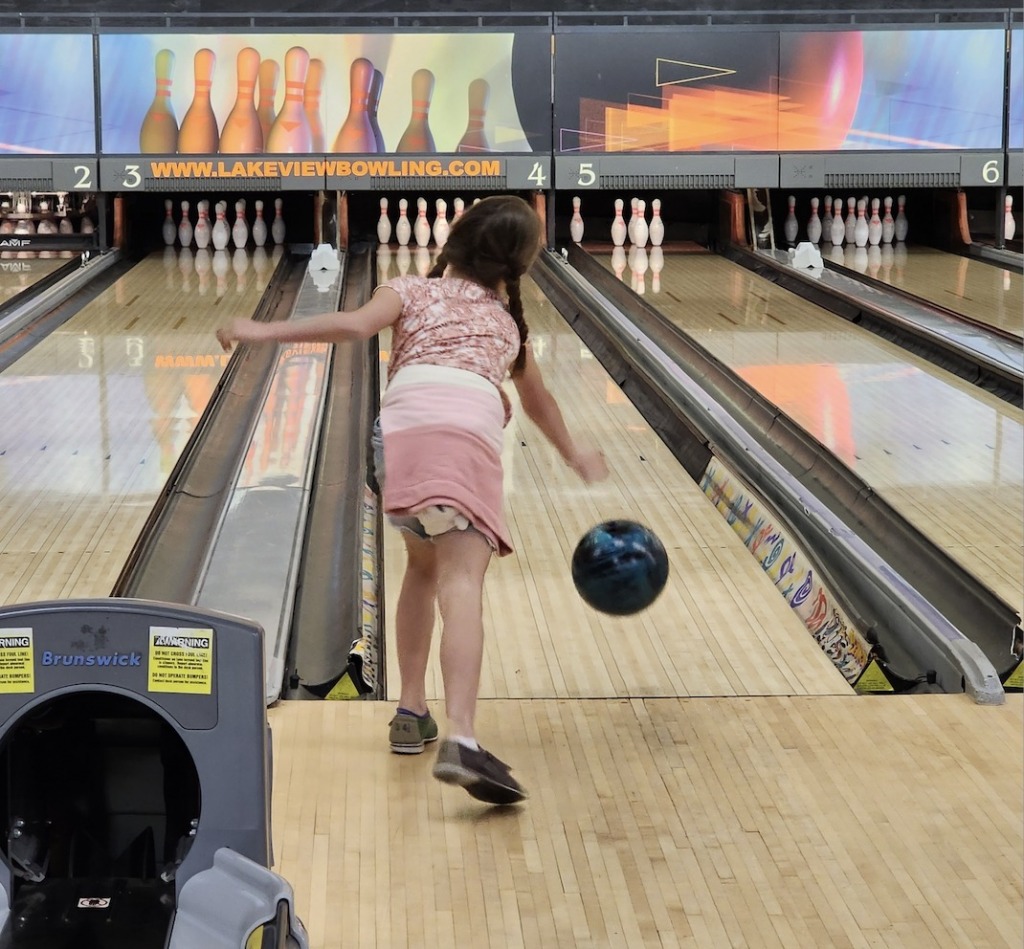
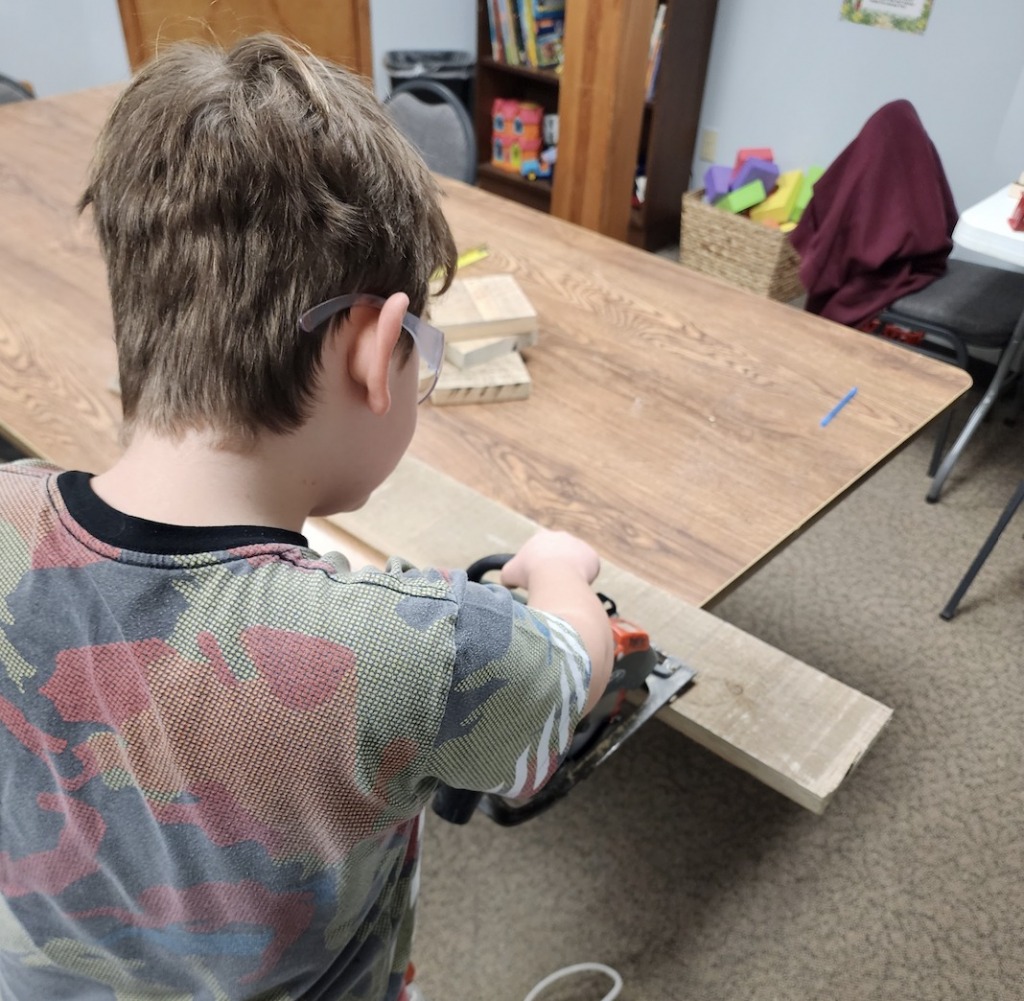
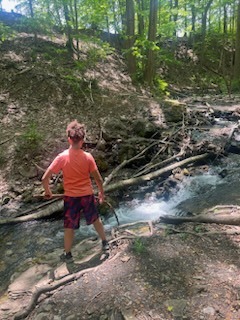

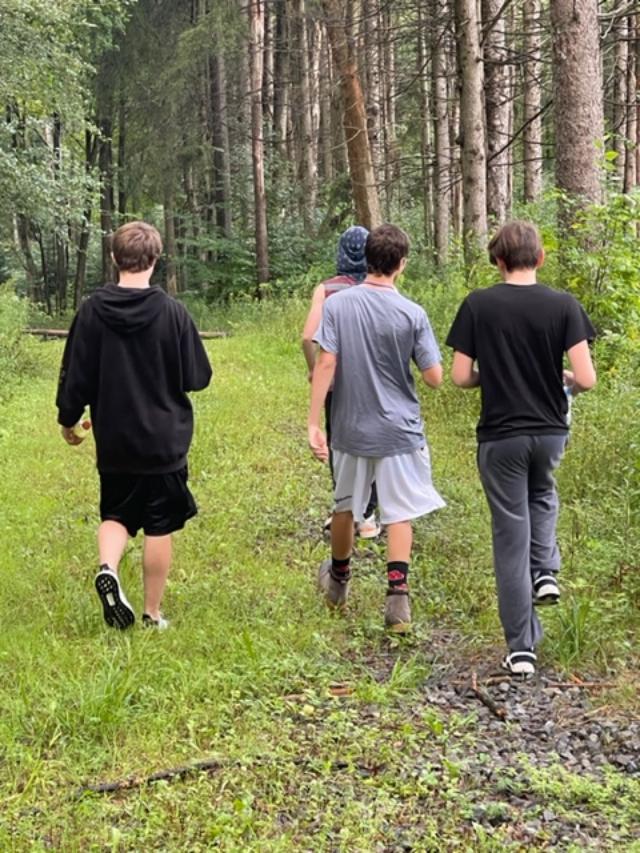
Literacy Center & K-12 School
Elmcrest believes in the philosophy that there are “No Limits to Literacy!
The Flora Bernice Foundation Literacy Center at Elmcrest, established in 2012, is a dynamic learning space designed for both classroom instruction and extracurricular education. This versatile center houses books, magazines, and state-of-the-art technology, making it an adaptable resource that caters to the diverse learning needs of Elmcrest’s youth.
In partnership with the Syracuse City School District, the Literacy Center serves as a hub for learning and growth, welcoming students throughout the week and on weekends. Over the course of a year, Elmcrest youth utilize the center for a variety of enriching activities, including school classes, library book checkouts, computer time, individual tutoring, study sessions, career-building workshops, post-graduation planning, guest speaker events, writing clubs, book clubs, STEM clubs, team-building workshops, and much more.
The Literacy Center is a place where learning unfolds, curiosity is ignited, and the potential of every young mind is nurtured at Elmcrest!
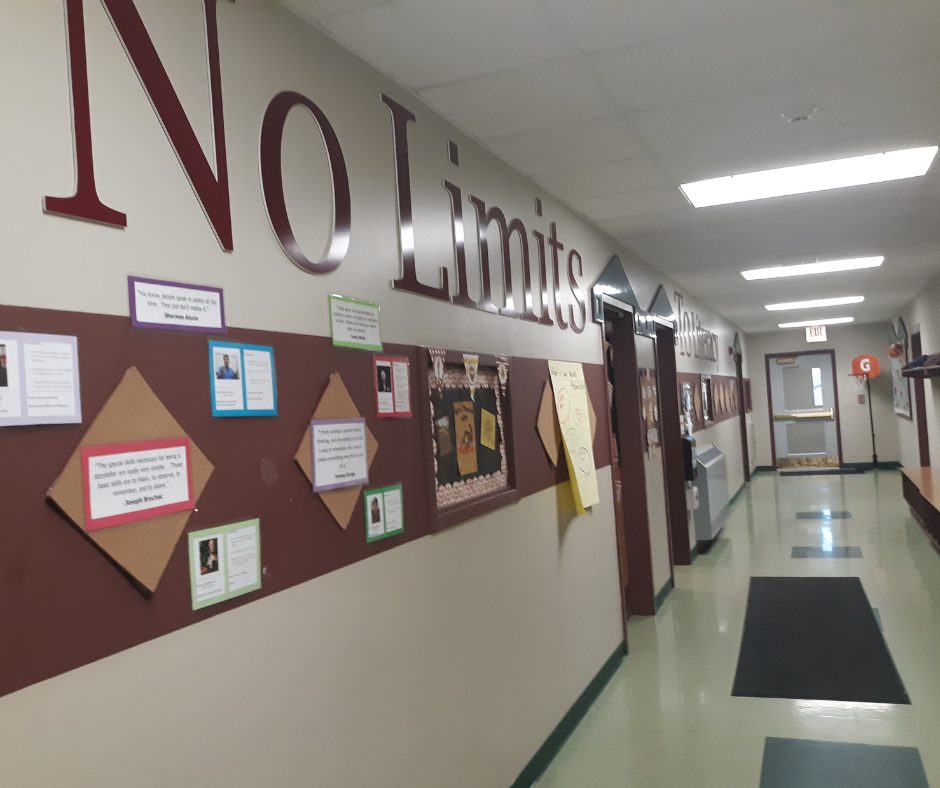

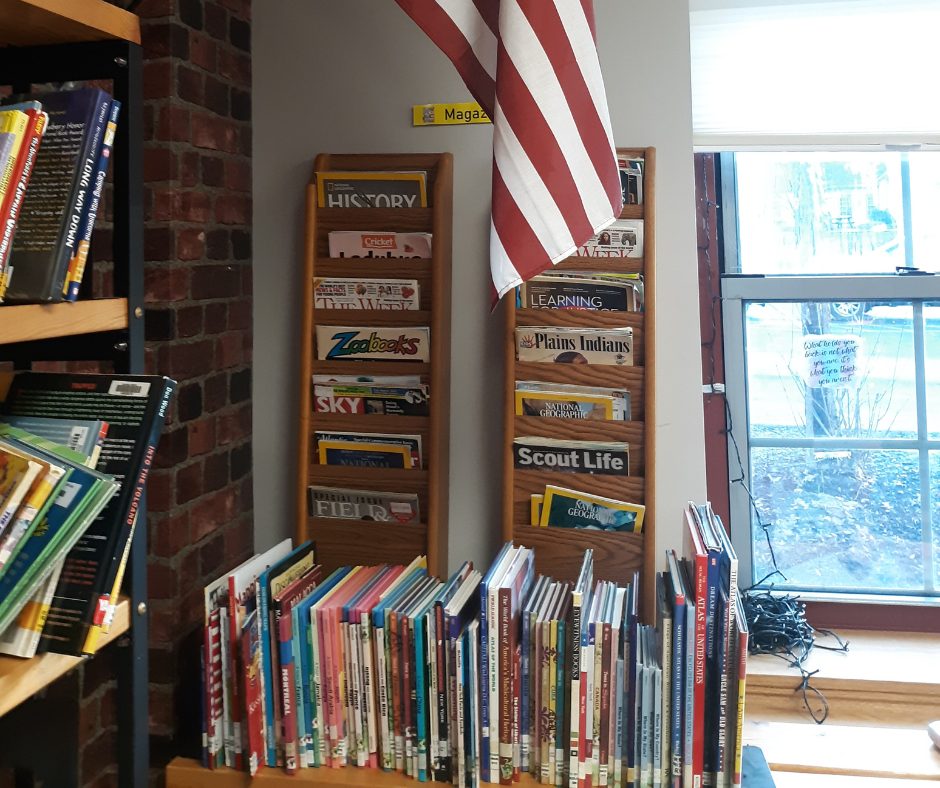

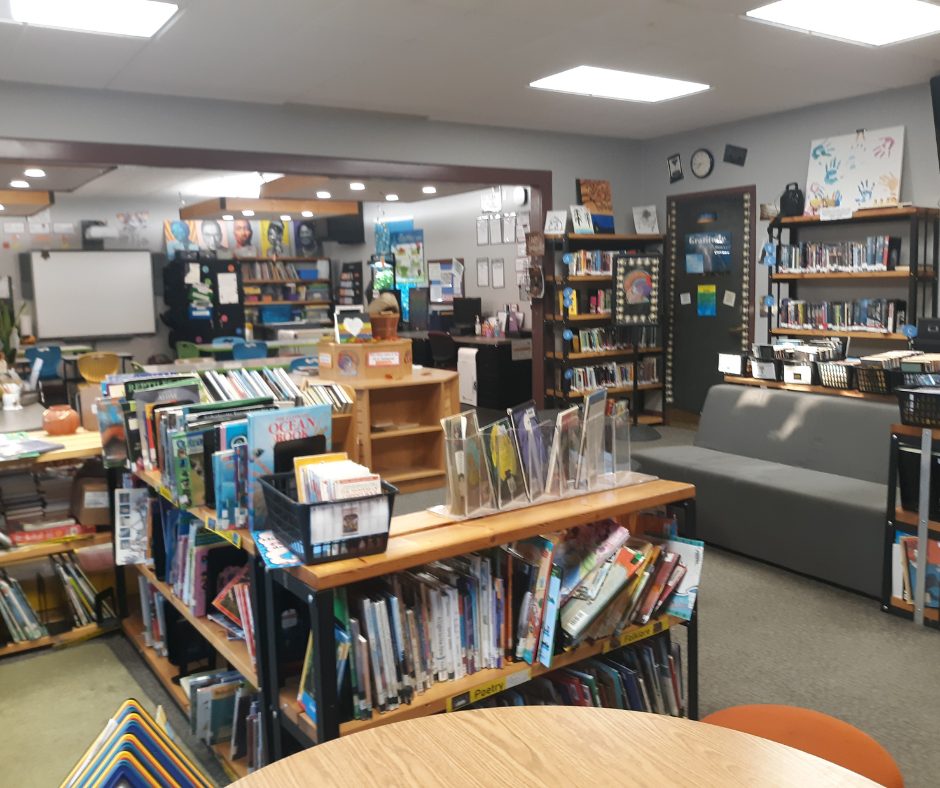



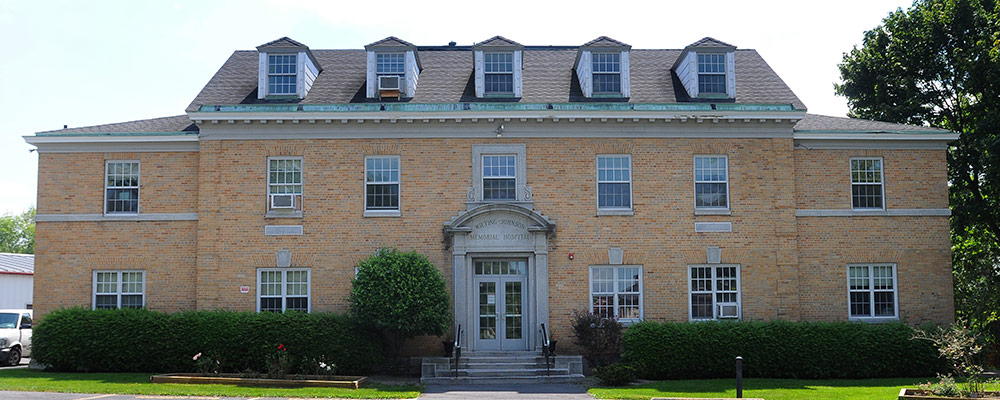
Elmcrest’s Long-Term Residential Programs provide residential care to male and female youth in six “Campus Cottages” located on our beautiful Elmcrest main campus.
We serve youth between the ages of 11–21. Each program, regardless of its focus and differences in the program’s population, provides individual treatment plans that are delivered in a supportive teaching and learning environment.
The capacity of each of our six Critical Care Programs is nine youth.
Each Cottage Team is responsible for ensuring the safety and security of its residents and cottage.
The team works with our Youth Development Professionals, to maintain consistency and structure; implement the daily routine; and foster an environment conducive to personal and educational growth.
Cottages #2 and #3
These critical care programs works with adolescent males ages 12–18 who have mental health and behavioral needs that require enhanced staffing and clinical services beyond the scope of regular residential programming. Youth receive weekly individual therapy with a focus on improved self-esteem, impulse control and self-regulation from a trauma-informed lens, are offered family therapy and regular visitation with caregivers to re-establish healthy relationships that will support youth’s success as they return to their communities, engage with a staff Psychiatrist for medication management of various mood and behavioral symptoms, and participate in daily group activities aimed at fostering a sense of community, team-building, and leadership. Youth receive daily support and in the-moment skills coaching from program Youth Development Professionals, as well.
Cottage #8
The Special Supervision and Treatment Program is based on a developmental model that has a family and youth focus. The ages of this program range between 11-15 years old. The treatment milieu provides the youth with a safe, predictable, highly structured, adult controlled, teaching-learning environment. This population will receive specialized treatment to address their sexually harmful behaviors. Various components of this specialized treatment include identification of risks, individual and group therapies, family therapy, including safety planning in the home. Concepts of safe boundaries, healthy sexuality, empathy skills, and understanding the sexual abuse cycle are the foundation of this program, with program Youth Development Professionals helping to reinforce pro-social skills through daily milieu teaching opportunities. Youth are offered supplemental support to their emotional and behavioral needs through monthly consultation with a staff Psychiatrist for medication management purposes, as well.
Cottage #9
A 9 bed critical care program serves young women between ages 12 to 18 years old. Youth receive weekly individual therapy, participate in weekly group therapies and additional female-specific groups throughout the year, as available, and receive in-the-moment skills coaching from program Youth Development Professionals. Contact with caregivers, family therapy, and engagement with community resources are also considered essential to the change process. Interventions such as yoga, volunteering, community-based activities, and a trauma-informed approach supports the strong emphasis on milieu therapy, focusing on attachment, relationship building, and improved self-esteem. Weekly support from a staff Psychiatrist allows these young women to receive supplemental support to their overall treatment through medication management of symptoms related to their trauma experiences and general behavioral and emotional needs.
Cottages #7 and #11
These programs provide specialized treatment of younger boys’ ages 11-15 with significant emotional trauma and behavioral challenges. The programs offer embellished staffing and supervision combined with enriched clinical and psychiatric services. Each program has a nine bed capacity. Each program can assist youth with Permanency Planning Goals of adoption who have struggled for various reasons in a family setting. Services offered to these youth include individual and group therapy including play therapy, anger control and social skills training, recreation therapy, including experiential–community access, and a strong emphasis on milieu therapy focusing on attachment and relationship building.
Elmcrest Children’s Center operates two Agency-Operated Boarding Homes (AOBH) that provide a supportive, homelike environment for young men who have demonstrated a level of responsibility and readiness for greater independence and community exposure.
Located at 1204 Euclid Ave., Syracuse, NY 13210
The boarding home at 1204 Euclid Ave. in the Westcott neighborhood of Syracuse, NY, serves boys ages 13-21. This facility provides a supportive environment where residents can develop essential life skills and engage in their community while benefiting from a structured setting.
Skeele Valley – Located at 6912 Jones Rd., Tully, NY 13159
Skeele Valley AOBH, located at 6912 Jones Rd. in Tully, NY, accommodates boys ages 16-21. This home assist young men working towards independence while emphasizes personal growth, community involvement, and the development of critical life skills in a nurturing and organized atmosphere.







Click Here To Learn More!
In its history, the boarding home has successfully partnered with many young men assisting them with assimilating back into a community setting, attending/graduating local public high school, navigating the college or military admissions process, as well as transitioning successfully to an independent living setting or to their home community.
The Elmcrest Agency Operated Boarding Home (AOBH) is designed to meet the needs of adolescent young men up through their 21st birthday in a community-based setting. The boarding home has a capacity of (6) and has access to agency psychiatric, medical, and the chaplaincy program.
This is a community reintegration program, meaning with the support of staff, boarding home youth have the ability to participate in recreational and leisure activities in the community as well as utilize the on-campus facilities. While following the principles of our Boys Town behavioral model the young men in the home are eligible to transition from our on-campus school to a community-based school setting, pursue part-time employment in the local community after successfully participating in on-campus employment, participate in extracurricular activities at school, compete in interscholastic athletics, and earn structured unsupervised time in the community. Additionally, the boys learn to prepare the household meals, do their own laundry, and are responsible for household chores with staff supervision and support.



